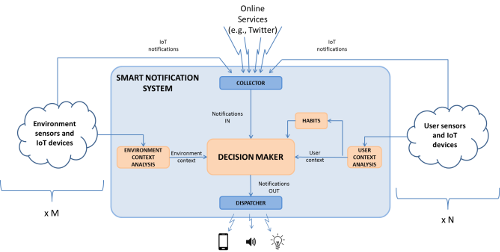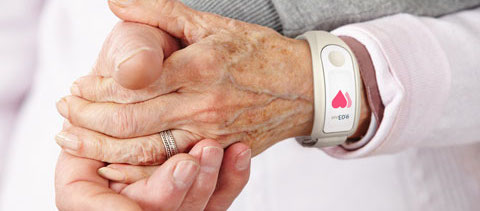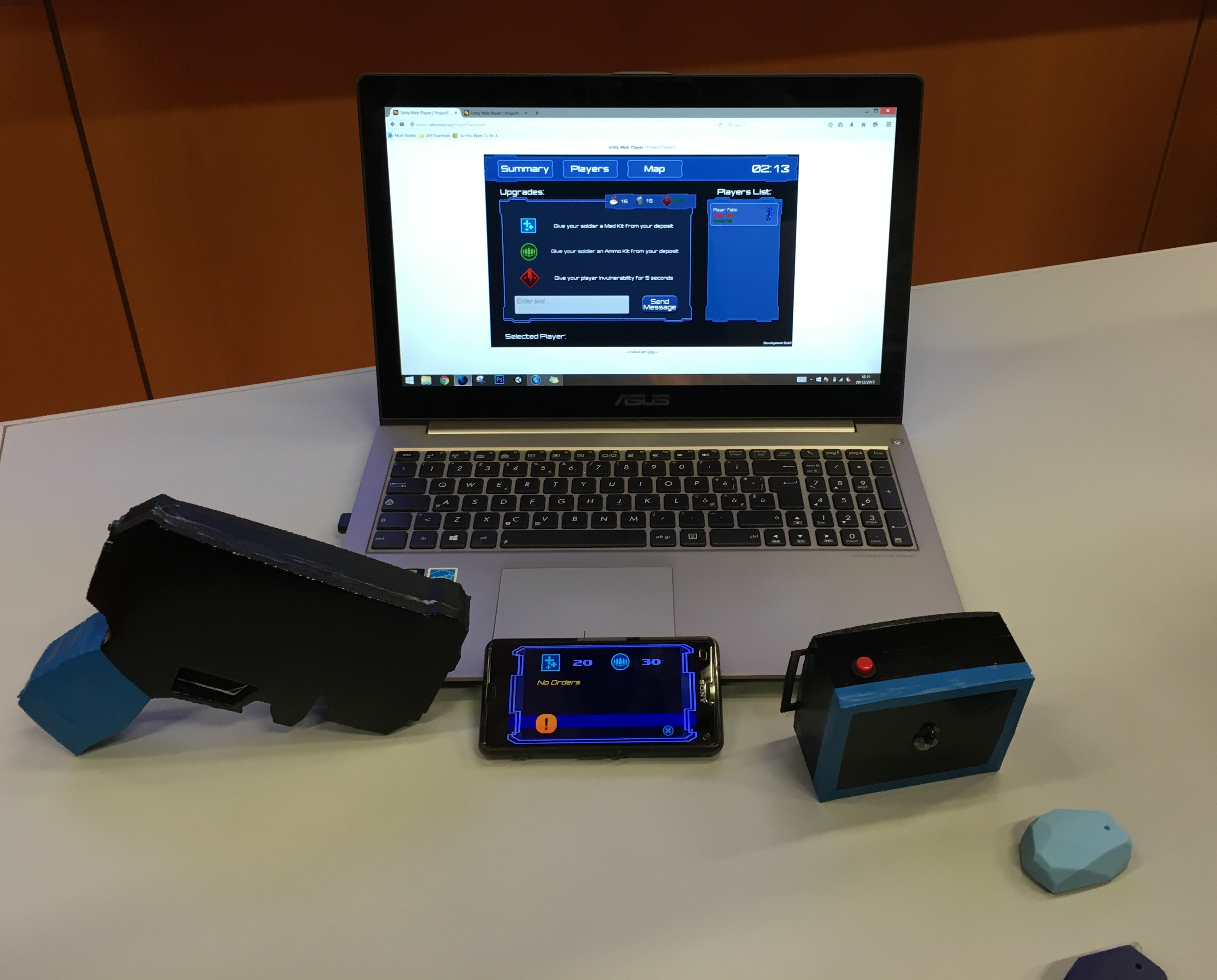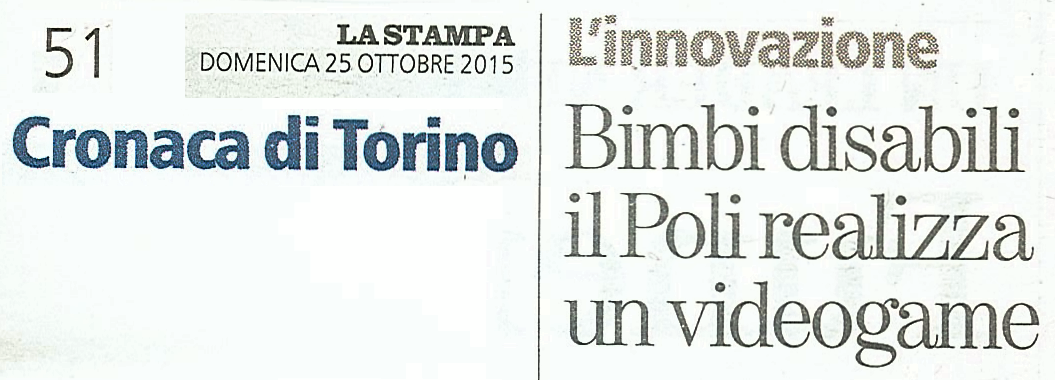- Details
At the latest WF-IoT 2015 Conference, in Milan (Italy), Teodoro Montanaro presented a paper entitled A Context and User Aware Smart Notification System. Nowadays, an increasing number of notifications demands our attention through our smartphone and tablet screens. If we consider an IoT-powered environment, each connected device and service would like to communicate something to the people that lives in that environment, thus sending us more and more notifications. Building upon this consideration, the paper analyzes a machine learning approach to better manage the delivery of such notifications, and present a system architecture able to filter incoming notifications depending on notification type, sender and receiver, environmental status, user activities and habits.
- Details
Il progetto "Adamo3" dell'Alta Scuola Politecnica è composto da studenti del Politecnico di Torino e del Politecnico di Milano ed ha come obiettivo lo studio di soluzioni tecnologiche, in particolare wearable, a supporto delle persone anziane.
Per meglio comprendere le esigenze dell'utenza di riferimento, sono stati predisposti due questionari:
- Questionario per persone under 65 che abbiano dei familiari over 65
- Questionario per persone over 65 (è possibile la compilazione insieme ad un familiare)
I questionari sono anonimi e richiedono meno di 5 minuti per la compilazione: se ricadete nelle situazioni familiari sopra descritte, vi chiediamo di fornire le vostre risposte e di fare circolare questo messaggio. I risultati raccolti saranno pubblicati nel final report del progetto e saranno pubblicamente disponibili.
- Details
Intelligent environments are composed of many devices, sensors, and actuators that should collaboratively contribute to improve the quality of life inside your home, office or building. Applications for such improvements can be found, typically, in the domain of proactive assistance for the elderly or for people with a disability. Few applications of Ambient Intelligence are present for more entertaining areas, like immersive gaming. In an immersive game, players act, react, and interact with an augmented environment, in order to fulfill a mission established by the game itself. Players may have different roles, i.e., active or strategic, and their interfaces should be customized to the role. Augmentation and immersiveness may be obtained through the adoption of IoT devices, both wearable and environmental.
The thesis of Fabio Runci and Alessandro Messina, discussed on December 2015, explores this field and proposes the conception of a game structure and rules for an Ambient Intelligence game.
- Details
The e-Lite group is partecipating to the IEEE 2nd World Forum on Internet of Things (WF-IoT), that is taking place in Milan, Italy, from today, 14th of December, to the 16th of December. WF-IoT is a forum for industry leaders, academics and decision making government officials, which aims at examining key critical innovations across IoT technologies which will alter the research and application space of the future.
- Details
Research activities on designing healthcare support systems in the field of ambient assisted living are mainly focused on addressing two problems: improving the quality of life for people in their own homes, especially the elderly; and supporting nurses and doctors in hospitals. Less research has been done about effective systems to support caregivers which assist people with disabilities within assisted living facilities (ALFs).
- Details
Le disabilità motorie non devono impedire ai bambini di giocare, in particolare ai videogiochi. Per questo il gruppo e-Lite sta investendo sui video-giochi che utilizzano la modalità di interazione GNomon. Nell'articolo uscito su La Stampa il 25/10/2015, Noemi Penna racconta l'intervista fatta con il gruppo di lavoro interdisciplinare (Politecnico di Torino ed ASL TO1).







